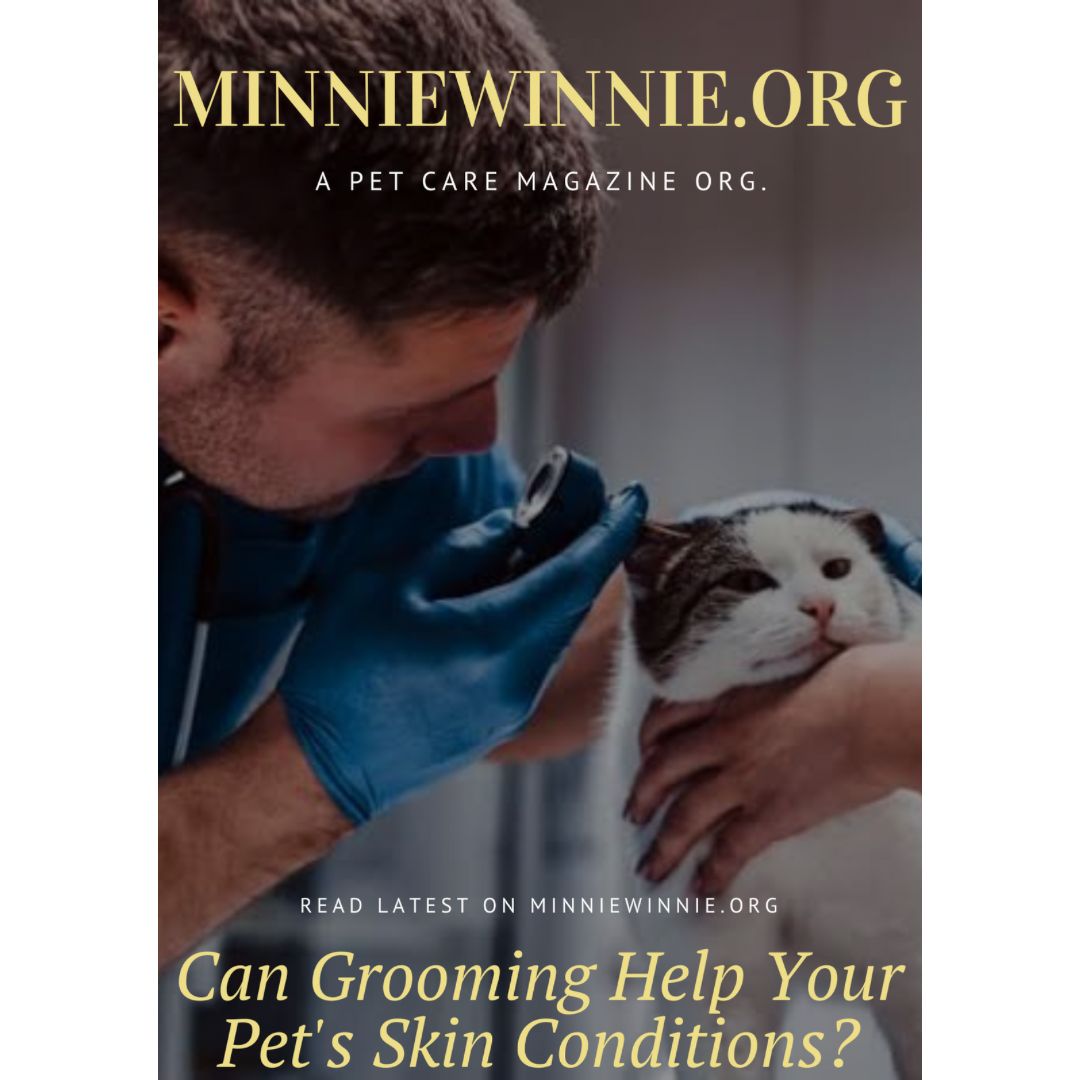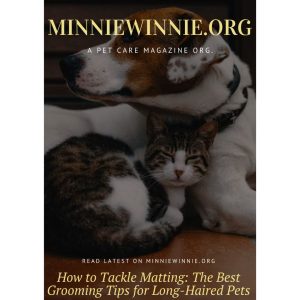Can Grooming Help Your Pet’s Skin Conditions?
Grooming is an essential aspect of pet care, often associated with keeping pets looking clean and presentable. However, grooming does more than just maintain your pet’s appearance; it plays a significant role in managing and even preventing various skin conditions. Whether your pet has a long, luxurious coat or a short, sleek one, regular grooming can be crucial for their overall skin health.
Understanding Common Skin Conditions in Pets
Before delving into how grooming helps, it’s essential to understand the types of skin conditions that pets commonly face. These conditions can range from mild to severe and may include:
- Allergies: Pets can suffer from environmental, food, or flea allergies, leading to itchy, inflamed skin.
- Parasites: Fleas, ticks, and mites are common parasites that can cause irritation and skin infections.
- Dry Skin: Just like humans, pets can suffer from dry, flaky skin, which can be uncomfortable and itchy.
- Hot Spots: These are localized areas of skin inflammation and infection, often exacerbated by licking, biting, or scratching.
- Fungal and Bacterial Infections: Pets are susceptible to various infections that can lead to redness, swelling, and discomfort.
How Grooming Can Help
Grooming, when done correctly and regularly, can significantly aid in the prevention and management of these skin conditions. Here’s how:
1. Early Detection of Issues
Regular grooming allows you to inspect your pet’s skin closely. This close examination can help you detect early signs of skin conditions, such as redness, bumps, or excessive scratching. Early detection is key to preventing more severe issues from developing.
2. Removing Parasites
Bathing and brushing your pet regularly can help remove parasites like fleas and ticks. Using the right grooming tools, such as a flea comb, can effectively eliminate these pests before they cause significant skin problems. Additionally, some grooming shampoos are formulated to repel or kill parasites, offering extra protection.
3. Preventing Matting
For pets with longer fur, matting can be a common problem. Mats can pull on the skin, causing irritation and discomfort, and can also trap dirt, moisture, and parasites. Regular brushing helps prevent matting, ensuring that your pet’s coat remains clean and tangle-free.
4. Managing Allergies
Grooming can also help manage allergies by removing allergens from your pet’s coat. Regular baths with hypoallergenic shampoos can wash away pollen, dust, and other allergens that may trigger skin reactions. Additionally, brushing helps distribute natural oils across your pet’s skin, which can alleviate dryness and reduce itching.
5. Moisturizing the Skin
Dry skin can lead to flakiness and discomfort for pets. Using moisturizing shampoos and conditioners during baths can help hydrate the skin. Additionally, some pets may benefit from grooming products that contain natural oils like coconut or oatmeal, which soothe and moisturize the skin.
6. Promoting Circulation
Brushing your pet doesn’t just keep their coat neat; it also stimulates blood circulation. Improved circulation can promote healthier skin by ensuring that nutrients and oxygen reach the skin cells more effectively. This can help in healing and maintaining healthy skin.
Best Practices for Grooming to Improve Skin Health
While grooming is beneficial, it’s important to approach it correctly to ensure it’s effective and safe:
- Choose the Right Tools: Use grooming tools that are appropriate for your pet’s coat type. For example, a slicker brush works well for long-haired breeds, while a bristle brush is better suited for short-haired pets.
- Use Quality Products: Invest in high-quality shampoos, conditioners, and grooming products that are specifically designed for pets. Avoid using human products, as they can be too harsh for a pet’s sensitive skin.
- Be Gentle: Always handle your pet with care during grooming. Aggressive brushing or using too-hot water can irritate the skin and worsen existing conditions.
- Consult a Vet: If your pet has a known skin condition, it’s best to consult with a veterinarian before starting any new grooming routine. They can recommend specific products or techniques that will be most beneficial for your pet’s particular needs.
Conclusion
Grooming is much more than a cosmetic activity; it’s a critical component of maintaining your pet’s skin health. By incorporating regular grooming into your pet care routine, you can help prevent skin conditions, detect issues early, and manage existing problems more effectively. Remember, a well-groomed pet is not only a happy pet but also a healthy one.










